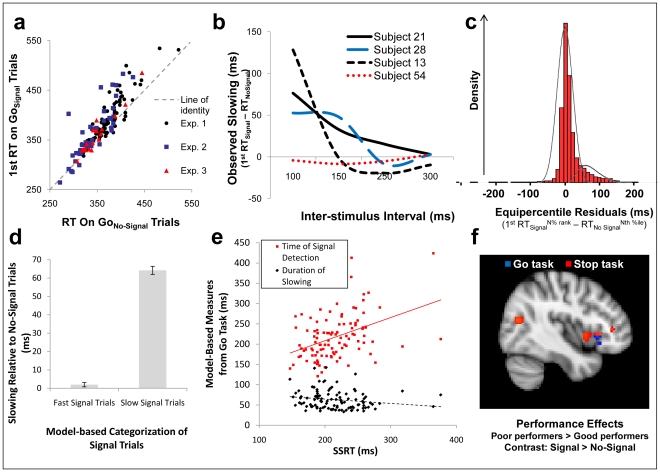Figure 6. Mixture model analyses separate slowed from unslowed trials in the Go task, and demonstrate this slowing is not the source of the commonality across tasks.
Response slowing was observed in the Double Go task (A), perhaps suggesting that stopping is not associated with differential mental effort or prefrontal activity because it is an automatic consequence of detecting an infrequent stimulus. Critically, this slowing was dependent on ISI; indeed, large individual differences were observed in the shortest ISI to yield zero slowing (B contains data from four representative subjects). A subtraction of reaction times on (Double) GoNo-Signal trials from those with a corresponding percent rank on (Double) GoSignal trials reveals a pronounced positive skew to these equipercentile residuals (C), indicating that some proportion of reaction times on GoSignal trials are disproportionately delayed. Trials undergoing this slowing were identified as those more likely to come from a distribution not centered on zero, as determined through a two-component mixture model (see overlaid lines on histogram in C). This procedure adequately separated the slowed and unslowed distributions, as revealed by zero significant difference between GoSignal trials categorized as unslowed and their corresponding reaction times in the GoNo-Signal distribution, but a large difference between GoSignal trials categorized as slowed and their corresponding reaction times in the GoNo-Signal distribution (D). From this we estimated two individual differences: how long subjects are slowed (duration of slowing; DoS) and the time at which signals are detected (time of signal detection; TOSD). Only TOSD positively correlated with SSRT, whereas DoS showed a slight negative correlation, indicating that the slowing experienced by subjects in the Double Go task cannot be the source of shared variance between the Stop and Double Go tasks (E). Brain-behavior correlations confirmed this conclusion: SSRT and TOSD, but not DoS, overlapped in their correlations with neural activity only in the rVLPFC (F).

